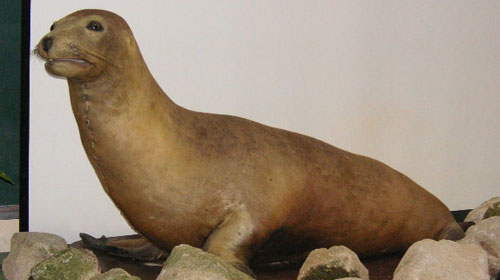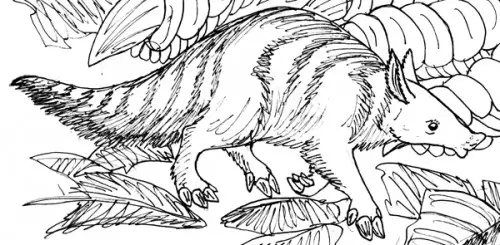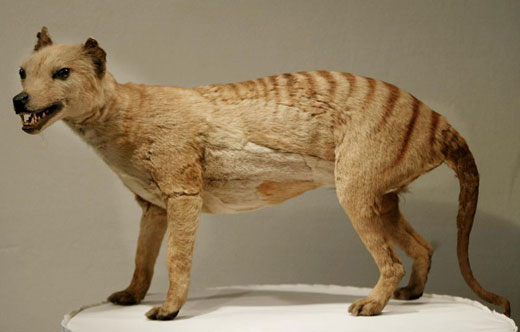Japanese Sea Lion
The Japanese Sea Lion is a now extinct species of sea lion that was native to the sea of Japan, it is believed to have become extinct sometime during the 1950’s. The Japanese Sea Lion inhabited a fairly wide range covering most of the sea of Japan and the Korean Peninsula. Even today it is still debated whether the Japanese Sea Lion is a true species or whether it is a sub-species of the Californian Sea Lion.
It is thought that the main reason for the extinction of the Japanese Sea Lion was over-fishing with a total of over 16, 000 Japanese Sea Lion’s being caught for purposes of human use. The extensive fishing only stopped in 1940 when there was virtually no population lef to fish up. By the 1930’s there was thought t have only been a couple of dozen of the Japanese Sea Lion left in the wild.
Although the meat of the Japanese Sea Lion was described as less than desirable the Japanese Sea Lion was still a value commodity for other reasons. The oil extracted from the Japanese Sea Lion’s skin was a much needed resource or oil lamps and the internal organs were often used in medicine. As well as these popular uses that skin of the Japanese Sea Lion was used to make fine leather.

A stuffed specimen on show
Aside from the practical needs stated above, at the turn of the 20th century more and more Japanese Sea Lion’s were being removed from their natural habitats to be put into circuses for entertainment. It is also thought that in World War 2 the Japanese Sea Lion’s may have been used for target practice by the Korean soldiers however if there is any truth behind this it is unlikely to come to light. It is possible that submarine warfare during the war also caused damage to the Japanese Sea Lion’s habitat.
The Japanese Sea Lion’s preferred land habitat was that of flat-lands and possibly some rocky outcropping. Usually the Japanese Sea Lion’s would prefer to stay within the relative safety of natural cave systems rather than graze out in the open. At times it was difficult to tell the sex of the Japanese Sea Lion’s apart but generally the males were the larger of the species and also had a darker skin tone.



awwrrrhh !
bleeess itts coottonn soocckks :D
iits soo cuuteee !
biiig meaaninees whho wanteed its flesha nd used it as target pratciicee ! d*ckheaads !!
arrggh ! thaat juust maakes me anngrry !! :@ <3 xx
that is soooooooooooooooooo sad that that happend to the japan seal and they should do something to stop them from hunting them down and killing them this web site shold be seen by the goverment to stop killing these beautfull creatchers